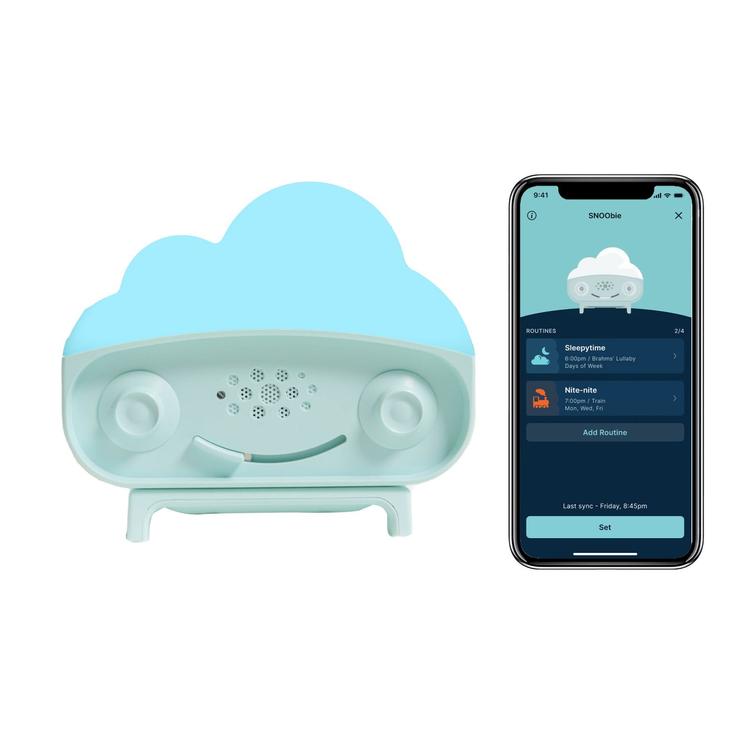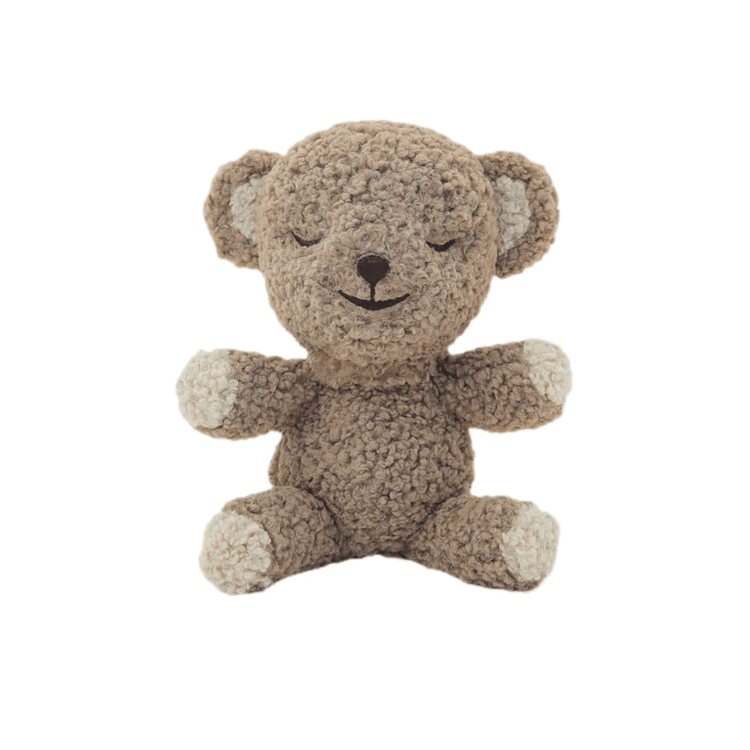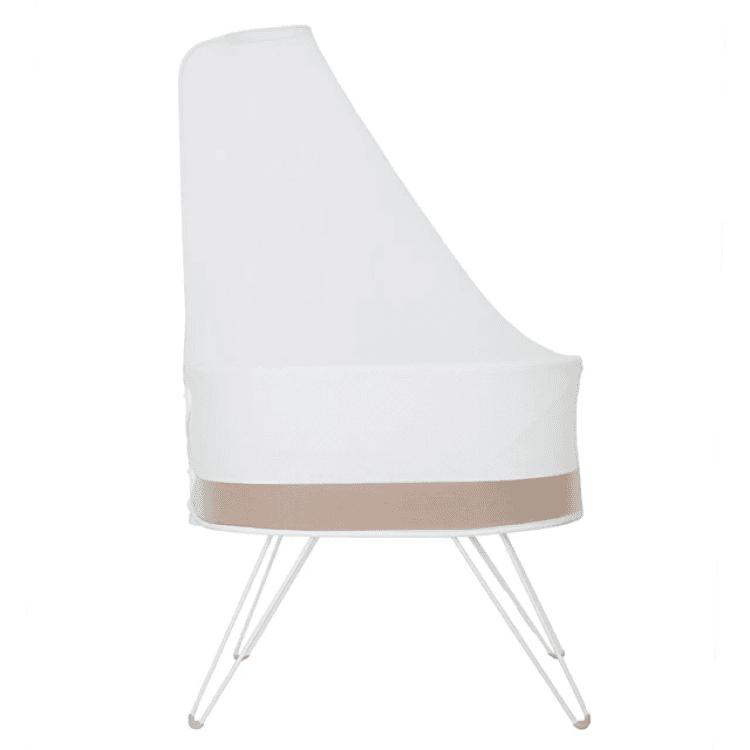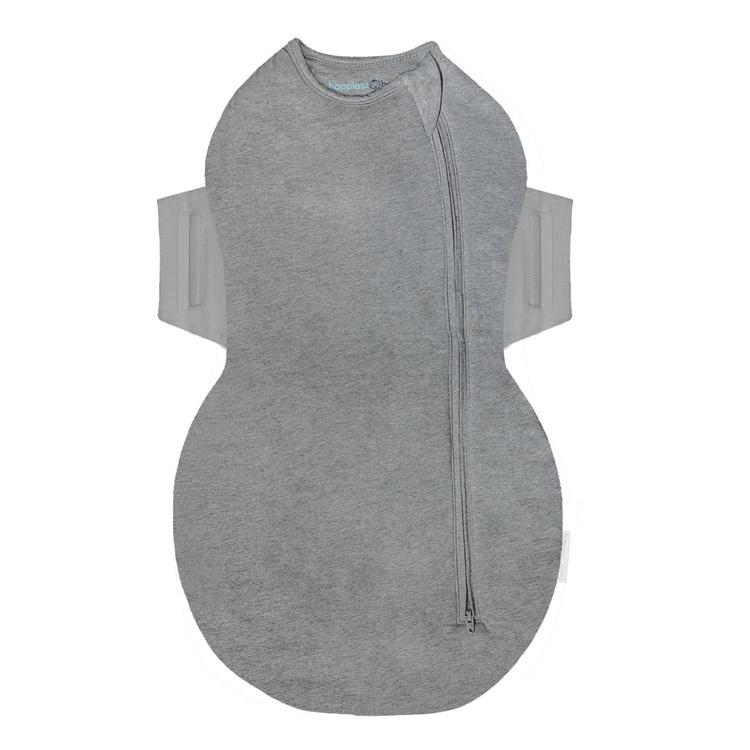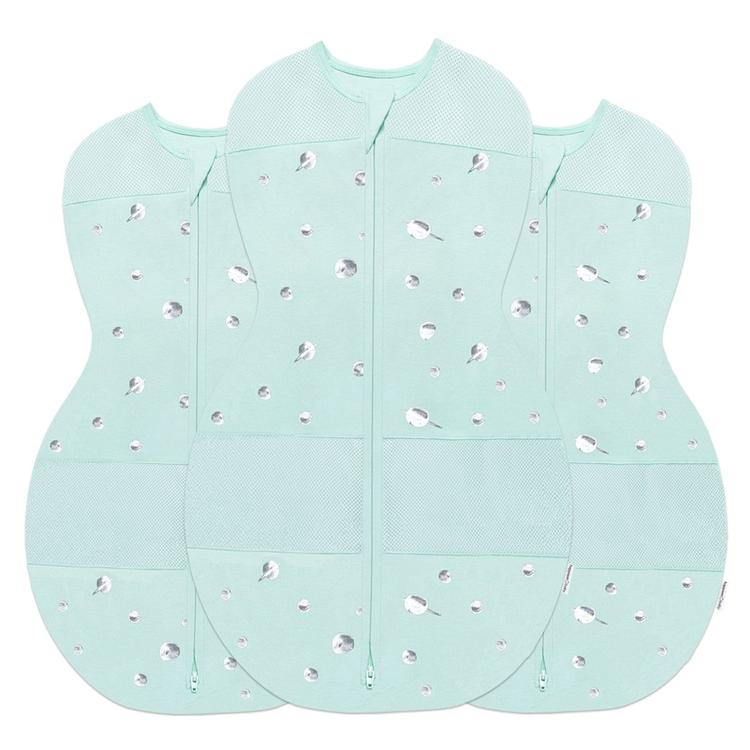NIÑO PEQUEÑO
Cómo detener amorosamente las rabietas de los niños pequeños
Aquí hay una manera efectiva de detener amorosamente la mayoría de las rabietas de los niños pequeños... en menos de un minuto.

Escrito por
Dr. Harvey Karp

Las rabietas son una de las partes más problemáticas de la niñez. Afortunadamente, existe una manera efectiva de detener amorosamente la mayoría de las rabietas de los niños pequeños... ¡en menos de un minuto! Para aquellos que están familiarizados con algunas de las técnicas del Niño más Feliz (en particular el 'Niño-ese' y la Regla de la Comida Rápida) estas habilidades para dominar las rabietas deberían sonar bastante familiares. ¡Son lo más parecido a una varita mágica que jamás conseguirás!
Cómo detener una rabieta:
1. Conéctate con respeto.
Cuando tu pequeño comience a perder el control, lo primero que debes hacer es conectar con respeto. Agáchate a su nivel y refleja un poco de sus sentimientos utilizando la Regla de la Comida Rápida y el Lenguaje de Niños Pequeños. (Recuerda repetir sus sentimientos con aproximadamente un tercio de tu tono de voz y gestos para llegar al punto dulce de tu hijo.) Practica esto varias veces en pequeñas erupciones antes de intentarlo en un gran berrinche. Sorprendentemente, al menos el 50% de las veces este simple paso por sí solo calmará las rabietas en segundos.
Los padres que responden inmediatamente expresando sus opiniones de adultos o distrayendo son como los impacientes empleados de comida rápida que pasan directamente a su mensaje ("Debes $5") sin repetir el pedido. Por eso, responder a los llantos de tu hijo de 2 años por una galleta antes de la comida narrando sus sentimientos ("¡Galleta! ¡Galleta! ¡Quieres galleta! ¡La quieres ahora!") provoca menos llanto que ir directamente a tu mensaje, "No, cariño. No hay galletas antes de la cena!"
2. Da tu mensaje.
Una vez que tu hijo comience a calmarse, es tu turno de enviar un mensaje ("Pero nooo, cariño. Ya sabes la regla: Las galletas son después de la cena.").
3. Ofrecer una distracción o un compromiso en el que ambos ganen.
Después de dar tu mensaje, puedes fomentar que tu hijo sea aún más cooperativo en el futuro si te tomas un momento para recargar su medidor con una pequeña distracción o un compromiso en el que ambos ganen.
Distracción: Una vez que tu hijo comience a calmarse, ofrece un poco de diversión (como atención, un abrazo, una merienda o hacer el tonto). Hacer el tonto, por ejemplo, le muestra a tu pequeño que aunque esta vez tuvo que ceder ante ti, hay muchas otras ocasiones en las que puede ser más rápido/inteligente/fuerte que tú.
COMPARTIR ESTE ARTÍCULO
ELECCIONES DE LOS PADRES
Más vendidos



